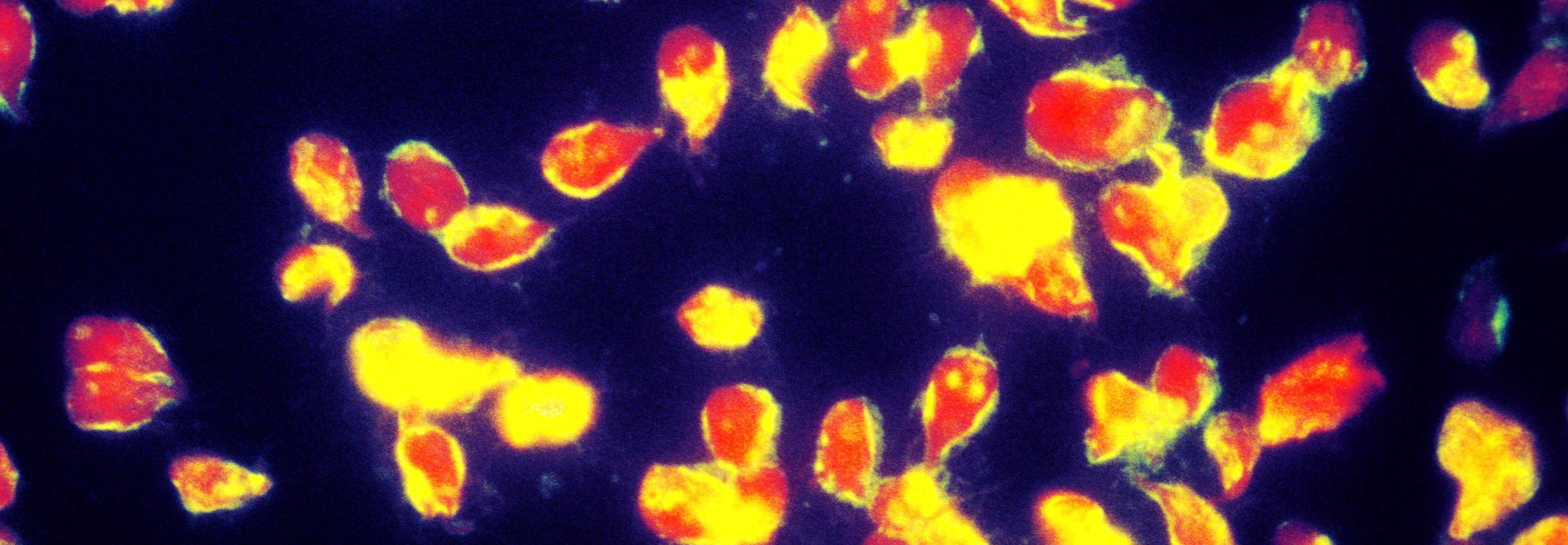Beard Rot
Causes
Beard Rot is caused by a tiny parasite that lives deep underground. The infection happens if the eggs of this parasite manage to reach the beard of a Dwarf. When the eggs hatch, the newly born parasites will dig their way into the beard follicles and destroy them, then crawl over to the next follicle when the first one is born. One parasite can destroy hundreds of follicles during its lifetime, and one infection can introduce 10-100 parasite eggs, most of which will hatch.
Symptoms
The first symptom is a general itching feeling in the beard. This itching isn't especially severe and is often mistaken as a general beard itch. Very few notice the infection at this stage - which is the only stage where the beard can still be saved.
After this initial stage the hairs start falling out. Again, the hair loss can be mistaken as ordinary hair loss, making it hard to notice even here. Most people notice the infection only when the hairs won't grow out again, leaving small bald patches after the parasite's journey between the follicles. At this point it's too late. The follicles are permanently destroyed, preventing hair from growing in that spot indefinitely.
Treatment
Treatment is only possible up until and during the stage where the parasite is looking for a follicle to eat. Just a thorough washing of the beard is enough to stop the development of the infection.
However, when the parasites have started destroying follicles there's no way to stop the devastation of the illness. Several treatments have been tried, and although some of them seem to kill the parasites they also kill the skin it's applied to, including the hair follicles. Both patchy beard and no beard are just as bad for a Dwarf, so there's no point in using these treatments.
Prognosis
If the infection is allowed to take hold the only prognosis is having a patchy beard. There's no way out of it.
Epidemiology
Luckily, the parasites can't reproduce in a beard. This makes the infection extremely rare and almost impossible to spread through the population. The only way to get infected in the first place is to get the parasites on the hands and afterwards touch the beard. There might be a tiny epidemic if someone with parasite eggs on their hands shake hands with several others, and these individuals touch their own beards before washing their hands, but such epidemics usually infect less than five individuals each time.
Since the parasite is rare, even in the underground areas where it lives its life, it can be decades between every time anyone is infected.
Even in the years before puberty, when the first strands of beard grows out, a Dwarf can be infected. If this is the case, there's no way to notice the infection until it's too late. Maybe the skin will turn a bit irritated, but there's several reasons for irritation in the skin and Beard Rot is extremely rare. Only when the beard grows out the tell-tale signs of Beard Rot will show, to the devastation of the beard owner and their family. Luckily for most young Dwarves the lack of beard hairs make it hard for the parasites to initially find their way to the follicles, making it almost impossible to get infected. Yet, every few centuries a Dwarf teenager will realize in horror that they won't grow a proper beard.
Cultural Reception
If a Dwarf is infected with Beard Rot the rest of the species will avoid the individual if they know. A good-looking beard is an impotant part of the Dwarven culture, and without a well-groomed, full beard a Dwarf will be scorned by most other kinfolk, becoming sort of an outcast.
I guess there's no surprise why I left. The shame of Beard Rot was simply too much to handle. I'll go to a human city to try my luck there - hopefully they'll look past my shameful excuse of a beard and offer me a job.
I will not return home. Don't come looking for me.




Comments